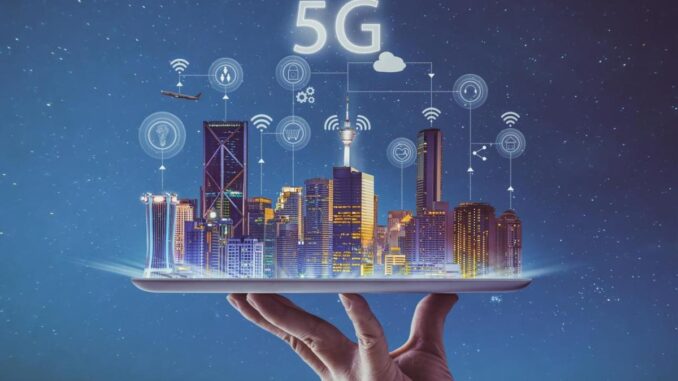
5G technology and virtual reality (VR) have the potential to revolutionize the way we experience immersive, interactive, and connected experiences. Here’s a comprehensive overview of the relationship between 5G and VR:
**Benefits of 5G for VR: 1. **Faster Data Transfer Rates**: 5G’s high-speed data transfer rates (up to 20 Gbps) enable seamless streaming of high-definition (HD) and 4K video content, reducing latency and providing a more immersive VR experience.






2. **Lower Latency**: 5G’s latency as low as 1 ms allows for real-time communication between the user and the VR system, reducing lag and improving overall performance.
3. **Increased Capacity**: 5G’s massive machine-type communications (mMTC) capabilities support a large number of concurrent connections, enabling multiple users to access VR experiences simultaneously without a decrease in performance.
4. **Ultra-High Reliability**: 5G’s ultra-reliable low-latency communications (URLLC) feature ensures that critical data is transmitted without errors, ensuring a stable and reliable VR experience.
**Applications of 5G-Enabled VR:**
1. **Remote Work and Training**: 5G-enabled VR can enable remote workers to participate in immersive training sessions, improving knowledge retention and onboarding efficiency.
2. **Gaming**: 5G’s low latency and high-speed data transfer rates enable fast-paced, responsive gaming experiences, revolutionizing the gaming industry.
3. **Education**: 5G-enabled VR can provide interactive, immersive learning experiences, making complex concepts more engaging and accessible.
4. **Healthcare**: 5G-enabled VR can facilitate remote therapy sessions, patient education, and surgical training, improving patient outcomes and reducing costs.
5. **Social Interactions**: 5G-enabled VR can enable social interactions in virtual environments, allowing people to connect with others remotely and enhance social connections.
**Challenges and Limitations:**
1. **Content Creation**: The creation of high-quality, immersive VR content requires significant investments in hardware, software, and talent.
2. **Cost**: The cost of 5G-enabled VR devices and infrastructure can be prohibitively expensive, limiting accessibility.
3. **Interoperability**: Ensuring seamless interoperability between different VR devices, platforms, and networks is crucial for widespread adoption.
4. **User Adoption**: Educating users about the benefits and proper usage of 5G-enabled VR is essential for widespread adoption.
**Conclusion:**
The integration of 5G technology with virtual reality has the potential to revolutionize various industries and aspects of our lives. While there are challenges to overcome, the benefits of 5G-enabled VR make it an exciting and promising area of innovation. As 5G continues to evolve and improve, we can expect to see even more innovative applications of this technology in the future.


Leave a Reply